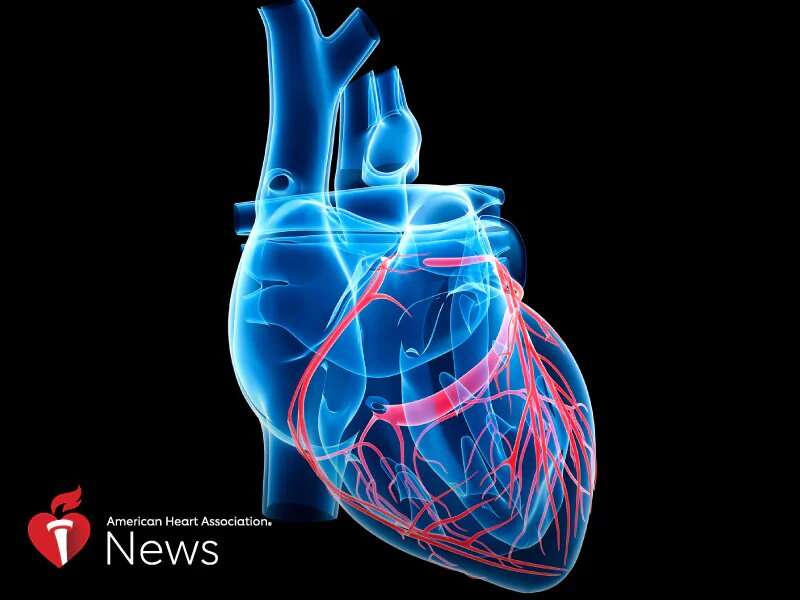A potentially fatal buildup of abnormal proteins in the heart and other organs is being delayed in its diagnosis and undertreated—despite new drugs that can combat it, a new study suggests.
Although the condition, known as transthyretin amyloidosis, is still perceived as rare, advances in imaging techniques have led to greater awareness. Increasingly, it's being recognized as a cause of heart failure in older adults, with autopsy studies showing these proteins in the hearts of 25% of the elderly.
A study published May 21 in the American Heart Association journal Circulation looked at data from 1,034 patients who had different types of amyloidosis in the United Kingdom between 2001 and 2017. Amyloidosis happens when abnormal proteins join and attach to organs, tissues, nerves and other places in the body, disrupting normal function.
Researchers found both hereditary and acquired amyloidosis are associated with a "markedly poor quality of life at the time of diagnosis" and many patients cycle in and out of the hospital before the disease is ever detected. The typical patient visited a hospital an average of 17 times in the three years leading up to a diagnosis.
The study also found that patients with a gene variant of the disease—mostly those of Afro-Caribbean ethnicity—typically have worse heart and kidney symptoms when they're diagnosed and a poorer chance of survival.
Dr. Julian D. Gilmore, the study's lead author, said the results underscore the need for medical professionals to get better at detecting and treating amyloidosis.
"Our aim is to slow or stop the progression of this potentially fatal condition. But without specific treatment, patients invariably get worse," said Gilmore, a professor at the National Amyloidosis Centre at University College London.
"Nobody really knows what the prevalence of this disease is, but the referrals we are getting are increasing pretty dramatically year after year. There's no sign of that slowing down."
Dr. Mathew Maurer, a cardiologist who was not involved in the research, called it an important study that could convince doctors to consider the disease with the gravity it deserves. "The first issue is that it's no longer rare—it's common."
In 2017, Maurer was lead author of a report in Circulation that concluded the condition "is often misdiagnosed and the delayed diagnosis has significant consequences for patients." That report surveyed more than 500 patients with the disease and found the average time from initial symptoms to diagnosis was two years.
That lag time could shrink in the future. In the past, amyloidosis could only be diagnosed by a heart biopsy, but it can now be more easily detected with bone scans and a cardiac MRI, Maurer said.
"We have to leverage these imaging techniques early and avoid new amyloid from getting into the heart so we can meaningfully change outcomes for patients. And to do that, we have to get doctors to start thinking about this every day," said Maurer, director of the Cardiac Amyloidosis Program at New York Presbyterian/Columbia University Medical Center.
Both Maurer and Gilmore said they were encouraged by two new drugs that seem to be successful in battling amyloidosis: tafamidis (Vyndaqel), which was approved in May by the U.S. Food and Drug Administration, and AG10, which is currently being tested in clinical trials.
Gilmore said he'd like to see a future study that compares tafamidis with AG10, as well as a study that examines which drug might be best combined with other drugs.
Journal information: Circulation
American Heart Association News covers heart and brain health. Not all views expressed in this story reflect the official position of the American Heart Association. Copyright is owned or held by the American Heart Association, Inc., and all rights are reserved. If you have questions or comments about this story, please email editor@heart.org.




















